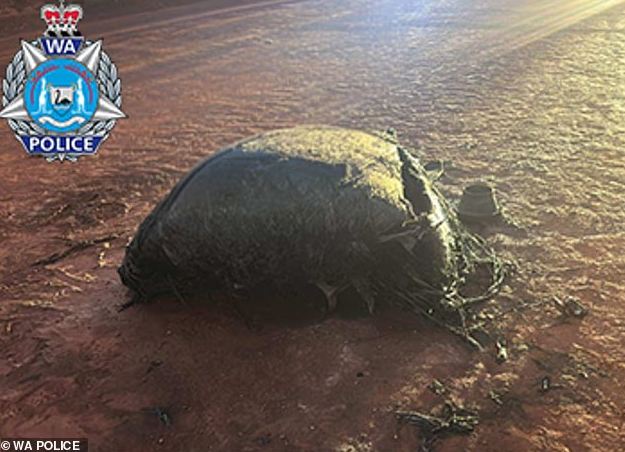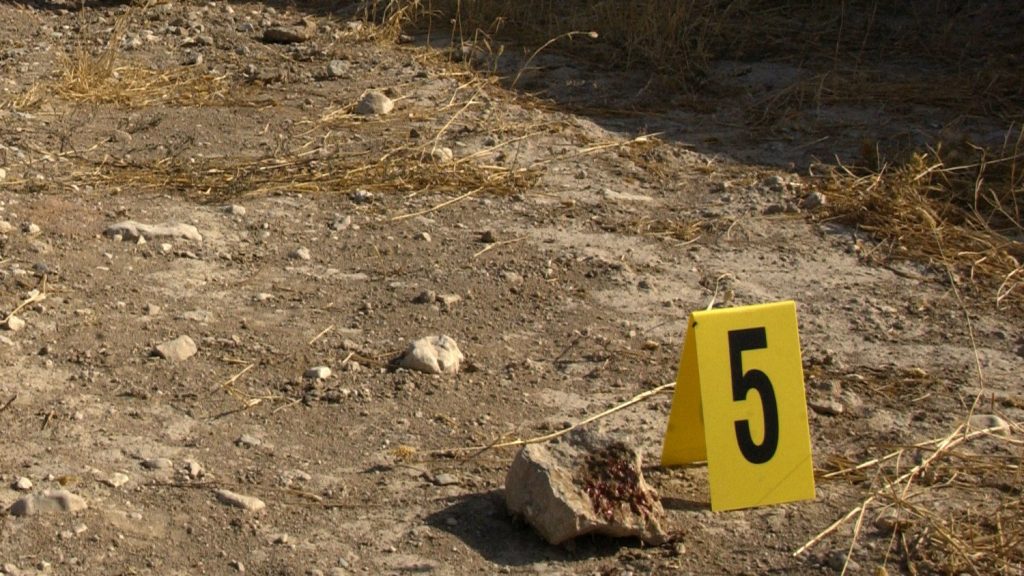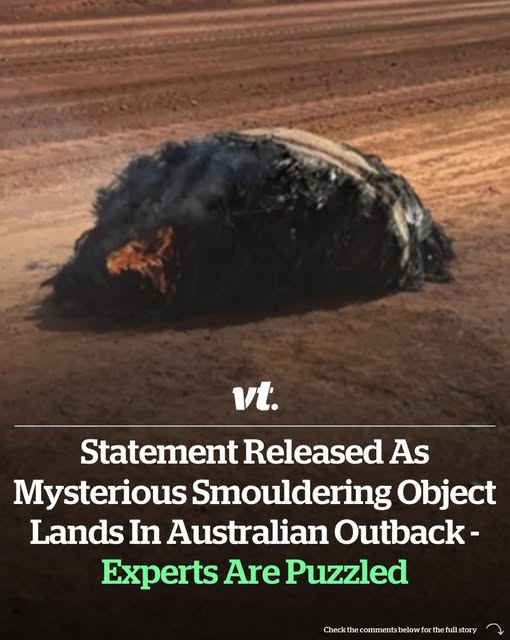Late one Saturday afternoon, a smouldering, unidentified object was discovered in the remote red-dust region of Western Australia, near the mining town of Newman in the Pilbara. Workers on a seldom-used access road spotted an odd piece of wreckage, still glowing and smoking, and alerted the authorities. The sight of something unexpected in such a desolate spot set off a rapid, multi-agency response.
Rapid Response and Site Lockdown
Within hours of the find, the local police force, along with representatives from the Australian Space Agency and the Department of Fire and Emergency Services, had cordoned off the area. A statement clarified that the object had been ruled out as originating from any commercial aircraft. Instead it was treated as potential descent-debris from an aerial vehicle or space launch. Investigators emphasized there was no current threat to public safety, though they stressed the site would remain secured while analysis proceeds.

Clues from the Wreckage
Initial examinations of the object revealed that it was composed of materials consistent with aerospace hardware. Analysts described carbon-fibre textures and other composite materials often associated with rocket parts—specifically a structure known as a composite-overwrapped pressure vessel or propellant tank. Its presence in such a remote zone, and its condition—charred, partially buried in the red sand—pointed toward an uncontrolled re-entry event, not a local incident. The absence of a heavy crater or obvious impact disturbance further suggested the debris was relatively light and travelling at moderate speed.
Space Junk or Something Else?
Experts now believe the object may be space debris from a recent launch, possibly from overseas, which re-entered the atmosphere and landed in this isolated terrain. The fact that the piece appears to have survived to ground level intact raises questions about how many other such fragments may still be out there. While Australia has recorded similar incidents—foreign launch vehicle tanks or rocket stages reaching remote terrain—the discovery near Newman remains unusual both for its fresh landing and its visibility. This event underlines the growing concern about re-entry debris and the need for global monitoring of space-related waste.
Why the Location Matters
The Pilbara region is sparsely populated, with long stretches of uninhabited land and minimal infrastructure. That makes it a logical—even if unplanned—landing zone for falling space hardware. The remoteness allowed the object to remain undisturbed until workers spotted it, but it also complicates analysis. Investigators must contend with limited ground access, harsh environmental conditions, and the need to transport sensitive materials out of the site. The region’s isolation also made it easier for the object to land without causing property damage or human injury—luckily in this case.
What Happens Next?
Now the frontline task is to determine exactly what the object is, where it came from, and how it survived re-entry. Specialists will carry out metallurgical testing, trace isotopes, cross-check launch schedules, and collaborate internationally. If it is confirmed to be a foreign launch component, diplomatic channels may be engaged. Meanwhile, the find serves as a test-case for Australia’s protocol for dealing with unknown high-altitude debris. More broadly it reminds the world that objects sent into space don’t always stay there—they often come back in unpredictable ways.

Broader Implications for Space Safety
This incident highlights a pressing global challenge: the increasing volume of hardware launched into orbit and the growing risk that remnants may return uncontrolled. While the odds of landing debris striking someone are extremely low, each occurrence raises questions about oversight, responsibility and monitoring of the skies. Policies and international treaties may need updating to ensure that as we send more into space, we also manage what comes down.

















